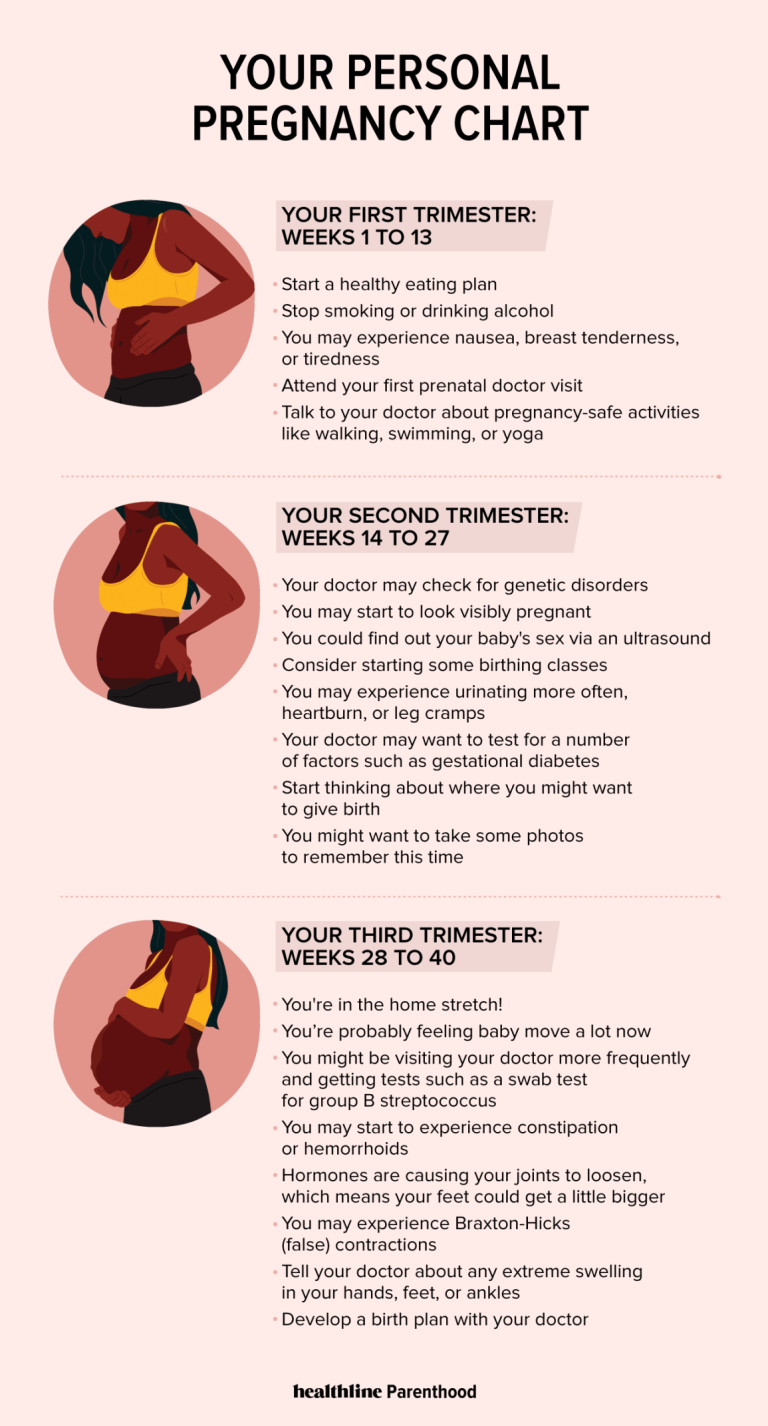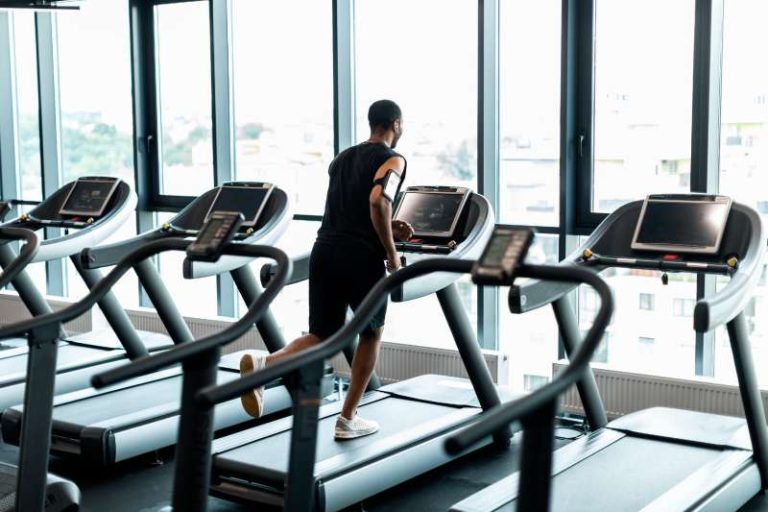Why Does Walking Help Lose Weight : Transform Your Body with Every Step
Walking helps lose weight by burning calories and increasing metabolism. It is a simple and effective way to reduce body fat and improve overall health.
Walking boosts physical activity levels, leading to a higher calorie expenditure and aiding in weight loss. Additionally, regular walks can enhance heart health, reduce stress, and boost energy levels. Incorporating a daily walking routine combined with a balanced diet can result in sustainable weight loss and improved well-being.
Whether it’s a brisk walk in the park or a leisurely stroll around the neighborhood, this low-impact exercise can be a significant factor in achieving weight loss goals. Start walking today to see positive changes in your weight and health.
:max_bytes(150000):strip_icc()/What-Happens-to-Your-Body-When-You-Walk-10K-Steps-per-Day-2000-56556549ba20443380ca34cdf6165854.jpg)
Credit: www.eatingwell.com
Benefits Of Walking
Walking is a great way to lose weight as it increases your metabolism, burns calories, and helps tone your muscles. Incorporating regular walks into your routine can contribute to a healthy and effective weight loss journey.
Walking is a simple and effective form of exercise that can help you lose weight and improve your overall health. Incorporating walking into your daily routine has numerous benefits for both your physical and mental well-being. Let’s take a closer look at some of these benefits:
Improved Cardiovascular Health
Regular brisk walking is a great way to improve your cardiovascular health. When you walk, your heart rate increases, pumping oxygen-rich blood throughout your body. This aerobic exercise strengthens your heart, reduces the risk of heart disease, and lowers blood pressure.
Walking also promotes circulation and improves the elasticity of blood vessels, which helps to prevent the buildup of plaque and reduces the risk of blood clots. By walking consistently, you can lower your risk of developing cardiovascular problems and enhance your overall heart health.
Increased Calorie Burn
To lose weight, you need to burn more calories than you consume. Walking is a fantastic way to increase your calorie burn and create a calorie deficit. Even a moderate-paced 30-minute walk can burn a significant number of calories, depending on factors such as your weight and walking speed.
Additionally, walking elevates your metabolic rate, helping you burn calories even after you’ve finished your walk. The more intense your walking session, the greater the calorie burn. By incorporating regular walks into your routine, you can boost your metabolism and contribute to weight loss in a sustainable and enjoyable way.
Walking For Weight Loss
Walking is an effective and accessible form of exercise that can aid in weight loss efforts.
Boosts Metabolism
Walking regularly helps in boosting metabolism, which is crucial for burning calories.
Burns Fat
Walking is a low-impact activity that can help burn stored fat for energy.
Incorporating Walking Into Your Routine
Walking is a simple and effective way to incorporate exercise into your daily routine, making it a popular choice for those looking to improve their overall health and lose weight. In this section, we will explore how you can make walking a regular part of your schedule, ensuring that you are able to achieve your fitness goals while enjoying the numerous benefits that walking has to offer.
Setting Realistic Goals
Setting realistic goals is essential when incorporating walking into your routine. Start by determining how often you can realistically walk each week, considering factors such as your current fitness level and daily commitments. By setting achievable targets, you’ll be more likely to stay motivated and committed to your walking routine.
Building Endurance
Building endurance through walking is a gradual process that requires consistency. Begin by setting a comfortable pace and gradually increase the duration and intensity of your walks over time. This will help you build stamina and endurance, allowing you to burn more calories and improve your overall health in the long run.
Credit: www.businessinsider.com
Tips For Effective Walking
Walking is a simple yet effective way to lose weight. But did you know that not all walks are created equal? To get the most out of your walking routine, it’s important to incorporate these tips for effective walking. By maintaining proper form and varying intensity levels, you can maximize calorie burn, improve your cardiovascular health, and shed those extra pounds. Read on to discover how you can make the most of your walking workouts.
Maintaining Proper Form
When it comes to walking for weight loss, maintaining proper form is key. It may seem simple, but correct posture can make a world of difference in your workout. Follow these tips to ensure you are getting the most out of your walking sessions:
- Stand tall: Keep your head up, shoulders back, and eyes forward. Avoid slouching or hunching over, as this can lead to unnecessary strain on your back and neck.
- Engage your core: Tighten your abdominal muscles as you walk. This not only helps to strengthen your core but also promotes better balance and stability.
- Swing your arms: Allow your arms to naturally swing back and forth while walking. This helps to increase your overall calorie burn and adds an extra workout for your upper body.
- Take shorter strides: Instead of taking long strides, aim for shorter, faster steps. This can help to engage your muscles more and increase the intensity of your walk.
- Land on your heel and roll through your foot: Start each step by landing on your heel and then rolling through your foot to push off from your toes. This helps to promote a more efficient walking motion and reduces the risk of injury.
Varying Intensity Levels
While walking at a moderate pace can still burn calories, incorporating varying intensity levels into your walking routine can help to accelerate your weight loss. Here are some ways you can add intensity to your walks:
- Interval training: Alternate between periods of fast-paced walking and slower recovery walks. This interval training method can help to elevate your heart rate and boost your metabolism.
- Incline walking: If you have access to hills or a treadmill with incline settings, incorporate uphill walking into your routine. This challenges your muscles and increases the overall calorie burn.
- Add weight: Consider wearing a weighted vest or carrying light dumbbells while walking. This added resistance helps to build strength and burn more calories.
- Try power walking: Increase your speed to a brisk pace while maintaining proper form. This can give your walk a more intense cardio workout and increase your calorie expenditure.
- Mix it up: Don’t stick to the same walking route or pace every day. Incorporate variety into your walks by exploring different terrains, using walking poles, or trying new walking workouts.

Credit: www.prevention.com
Frequently Asked Questions On Why Does Walking Help Lose Weight
Can You Lose Belly Fat By Walking?
Yes, walking can help you lose belly fat by burning calories and boosting metabolism. Consistent walking combined with a healthy diet can lead to weight loss, including in the abdominal area.
How Much Do I Need To Walk A Day To Lose Weight?
To lose weight, aim for at least 30 minutes of walking every day. Gradually increase duration for better results.
Can I Lose Weight By Walking 30 Minutes Everyday?
Yes, walking for 30 minutes every day can help you lose weight. It boosts metabolism and burns calories, aiding weight loss. Regular walking also improves overall fitness and contributes to a healthy lifestyle.
How To Lose 3 Pounds A Week By Walking?
To lose 3 pounds a week by walking, aim for 60-90 minutes of brisk walking daily. Maintain a calorie deficit by eating healthy and drink plenty of water. Incorporate strength training exercises to boost metabolism and enhance weight loss. Stay consistent and track your progress for best results.
Conclusion
By incorporating regular walking into your daily routine, you can effectively aid weight loss. Walking boosts metabolism, burns calories, and improves overall fitness. This simple yet powerful exercise is accessible to most individuals and can contribute significantly to achieving your weight loss goals.
Embrace the benefits of walking for a healthier lifestyle.





